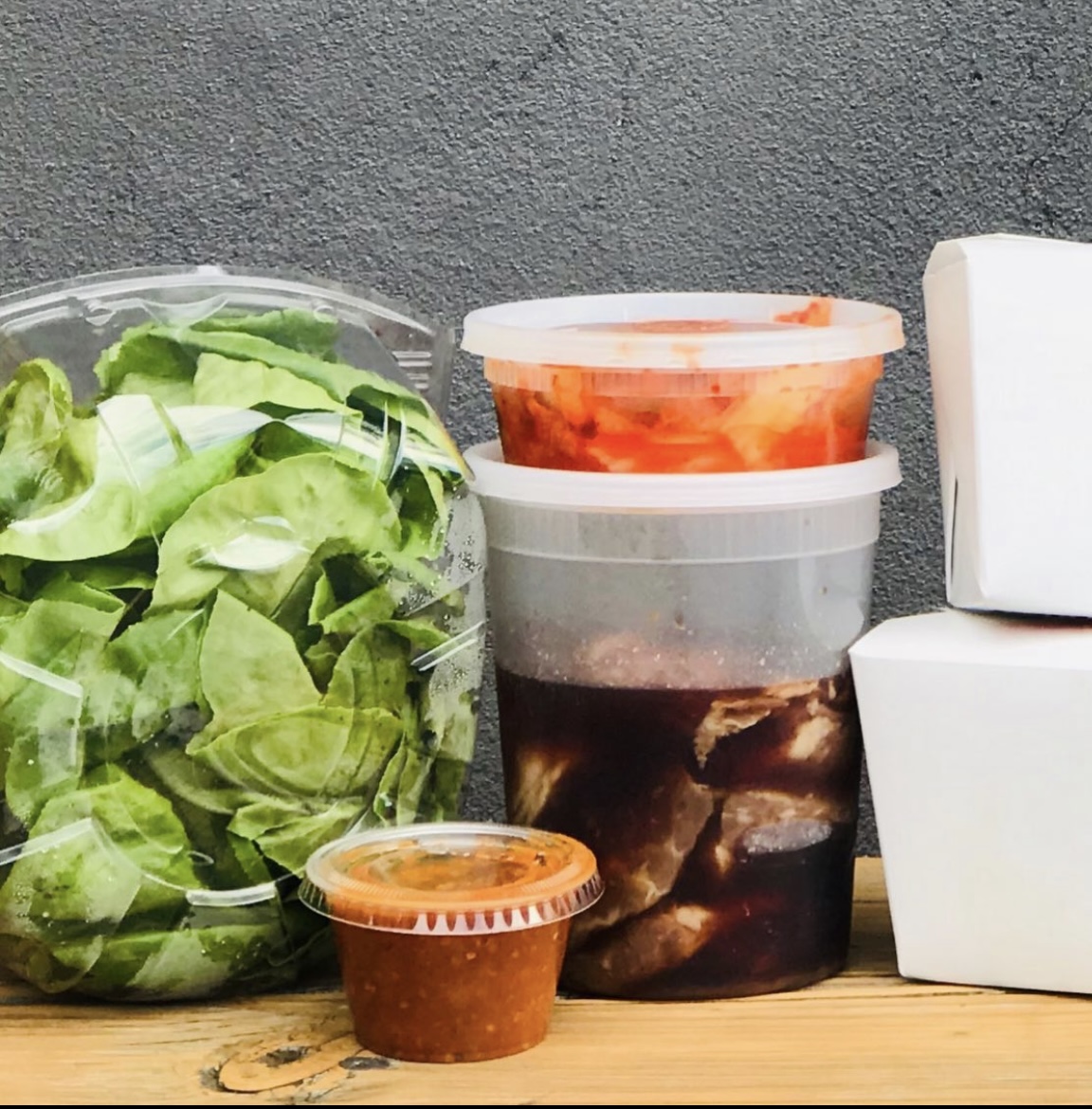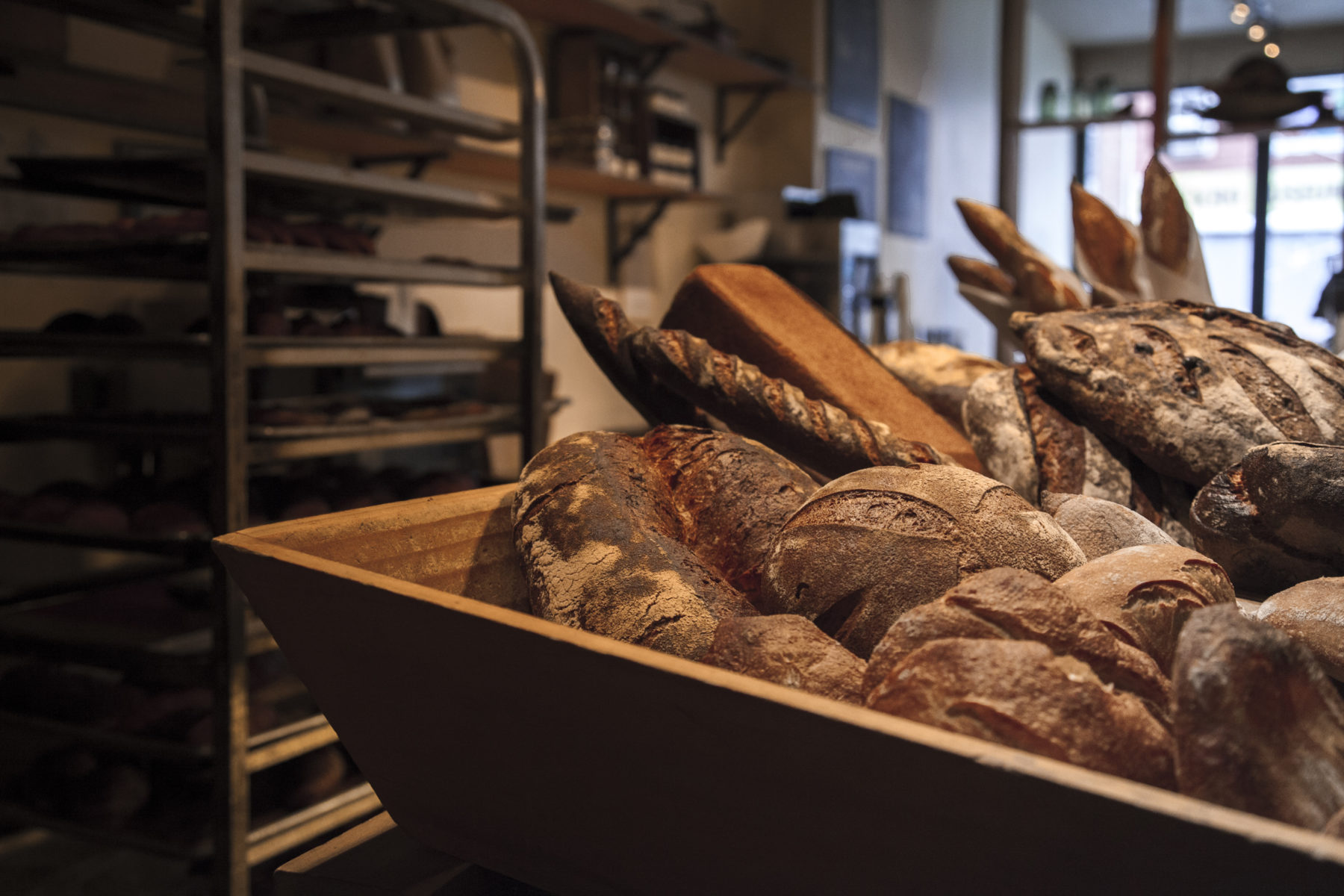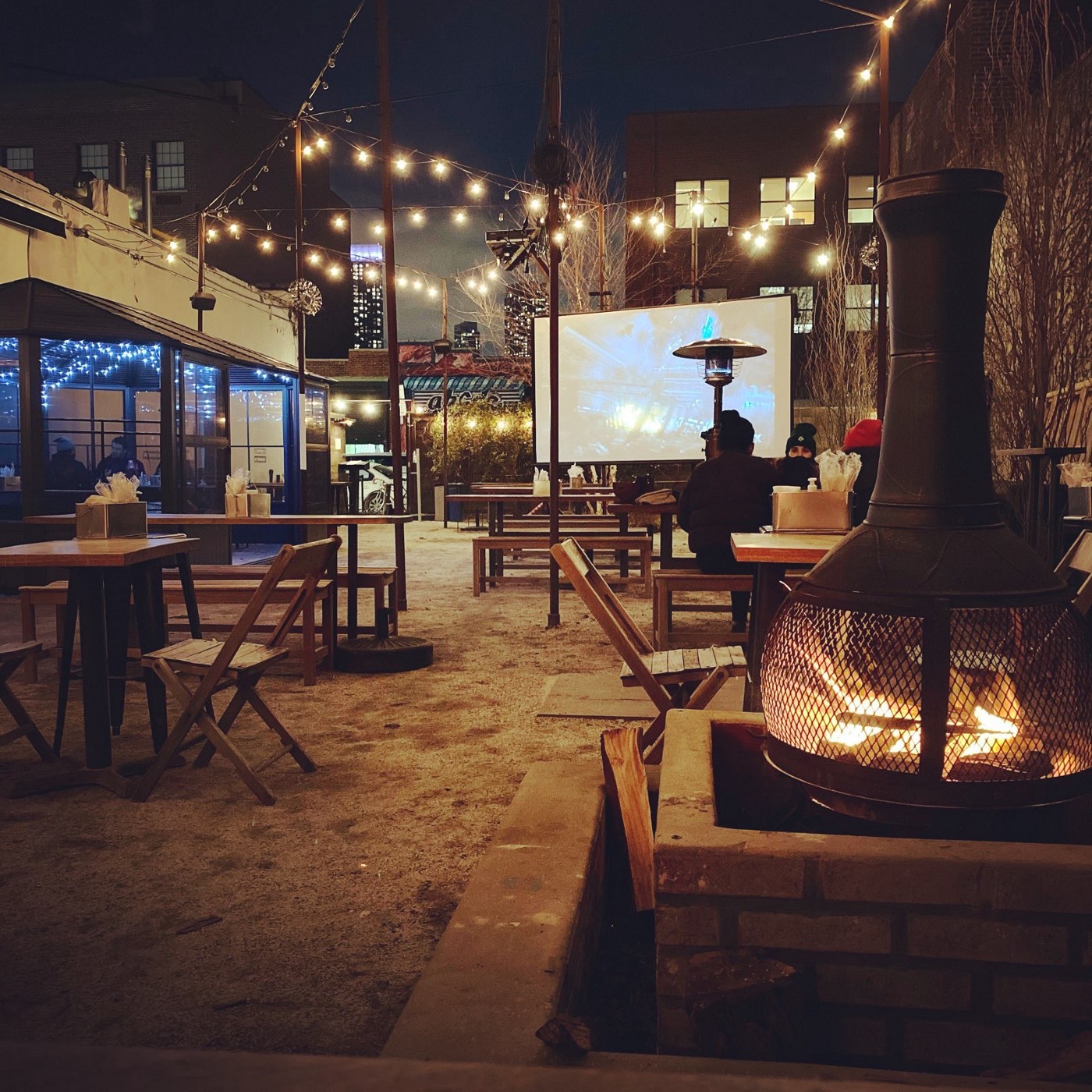It’s no secret New York restaurants have been hit hard by COVID-19. President Joe Biden’s $25 billion Restaurant Revitalization Fund, part of the recently passed American Rescue Plan, will help. But until now, many owners were largely left to their own creative devices to stay afloat.
And so they experimented. In Brooklyn, three restaurants quickly pivoted their business models to survive. By offering customers more options, they’ve created multiple streams of revenue, enabling them to remain open in a fragile moment.
For these three restaurants, Insa, Parklife and Bien Cuit Bakery, innovation started at the beginning of the pandemic. Each season presented new problems that required more adaptation. A year into the pandemic the goal is now two-fold: to stay in business while satisfying government-imposed regulations. As vaccinations speed up and regulations change again, these businesses expect to pivot again for spring.
A Brand-New Menu
Insa, a Korean barbeque located on Douglass Street, was once home to Karaoke parties. Guests would gather across long tables and share dishes before heading into singing booths.
“Our motto is a Korean fun time place for celebration,” said chef-partner Yong Shin. But without the draw of Karaoke rooms, Korean street food classics are a harder concept to sell.
“From menu, to indoors, to adapting to inconsistent government guidelines, we’ve had to find creative solutions,” Shin said.
Much of Insa’s business before the pandemic came from Manhattanites visiting Brooklyn for bar crawls and Karaoke. With that business gone, the restaurant had to switch gears to appeal to their current clientele – neighborhood locals.

Insa’s most successful adaptation is a menu revamp and the creation of “Galbi BBQ kits to go.” The kit includes raw, pre-marinated prime short ribs, rice, banchan, ssamjang and lettuce wraps.
When Insa first had the idea for to-go kits, the staff knew it had to be built around one affordable ingredient. “Our usual variety of fresh meats and seafood, like flat iron beef or octopus, had already been cut from our menu,” said Shin. What was left? Barbeque.
The kits’ ready-to-cook meats are selling well with professionals and families who see them as a solution to the weeknight dinner problem.
“When I unpack all the items, I feel like I’m in a Korean cooking class,” said graphic designer Michael Tang.
Insa now caters to two cohorts of customers: those who order traditional classics like bulgogi bibimbap, and the new BBQ kit lovers. The combination has kept them in business.
A Bakery Becomes a Grocery
Before COVID-19, Bien Cuit bakery relied on the smell of warm bread to entice customers. Situated on Smith Street, the bakery was an after school hangout where kids would enjoy a sweet while parents gossiped over coffee. (The bakery also has an outlet on Franklin Avenue.)
But no one is breaking bread in person these days, so the artisanal shop launched an e-commerce grocery section on its website called “Bien Cuit Provisions.”
Created at the start of the pandemic and set up for contactless delivery or pickup, customers can choose from baked goods, cheese and dairy, meat and fish, coffee, tea, and pantry items, like olive oil, condiments and pasta sauce.

The cheese, dairy, meat and fish sections are all new additions that broaden the offerings from Bien Cuit’s original bread, pastry and coffee core.
This twist on a general store model has reshaped the storefront bakery, enabling Bien Cuit to make more money during the pandemic than ever before, said manager Christina Oh. “We’ve retained our core staff and expanded our e-commerce team,” said Oh.
During lockdown, the pantry answered customers’ cravings for convenience while continuing to offer the comforting routine of getting a morning Danish. “It’s our gourmet go-to,” said Jennifer Kane. “We’ll order croissants, but we’re also thinking about baking over the weekend. This way we get both and don’t have to sacrifice quality.”
Like Kane, Bien Cuit regulars continue to buy pastries, and many have also donated PPE, a testament to the supportive community that helps Oh stay optimistic.
“Recently a 4-year-old came in with one of our regulars,” she said. “He saw our Valentine’s special Lychee Rose Macaroons and squealed, ‘LOOK AT THOSE MACAROONS!’ like a proper Brooklyn kid with good taste.”
As winter turns to spring, Oh hopes more kids, and their parents, will return.
The Great Outdoors
When Parklife remodeled during the pandemic from a fast casual restaurant to a multi-purpose venue, the owners drew inspiration from the outdoors.
Their 4,000 square foot backyard already had Ailanthus trees and picnic tables, so the owners added a 6×6 foot stage, projection screen, AV equipment and twinkle lights for ambiance.
Their bigger challenge was building a garden setup that could endure varying weather conditions.

Kim’s team decided to replicate a concept that was successful at their sibling Brooklyn business: Littlefield performance + art space. Parklife quickly shifted into construction. The redesign, reminiscent of a theater in the park, came together on a tight budget.
“We built everything from the ground up,” said Kim. “We went to Home Depot and the construction process was very fast. It was just getting the permit from the New York State Department of Buildings that was grueling.” .
After securing the permit, Parklife hosted ticketed events –screenings and live performances – for two months before Cuomo banned ticketed gatherings in August 2020.
In response, Parklife switched to offering free events, including trivia games, movie screenings, comedy sketches and RuPaul drag race watch parties.
The small stage, built from recycled wood pallets, created a sense of intimacy while a green carpet and stage lights added theatricality. It also accommodated the city’s outdoor dining rules.
Lured by the venue, customers agreed to use COVID tracing apps in exchange for live entertainment. An Iranian Tex-Mex menu added to the immersive experience.
“The pandemic has made it apparent that we can’t just be a traditional restaurant anymore,” said Kim. “Now, we offer a unique experience where the restaurant is the host. It’s a lot to ask folks to eat out now, so we want to make it COVID-friendly and worth it.”
A recent comedy night included a game called Best Couple in Brooklyn, where couples competed to see how well they knew each other in quarantine.
Less than a week later, Governor Cuomo announced that indoor dining would resume at 35% capacity, starting February 26.
“Every time the city rules change, I rearrange our tables. I must’ve made 12 versions of our table layout by now,” said Kim.
Can Creative Revamps Last in the Long Run?
While experimentation has helped these restaurants survive, how effective will their temporary adaptations be in the long run? For Julie Kim at Parklife the multi-purpose event space has been so successful, she feels she has no choice but to keep it. Bien Cuit has embraced its hybrid model of grocery and pastry, and Oh says pantry provisions are here to stay. Yong Shin at Insa, however, is less attached to the BBQ kits and hopes this reincarnation is temporary.
For Kathleen Reilly, NYC Government Affairs Coordinator at the NYS Restaurant Association, these adaptations may not be sufficient. “I’m encouraged by the resilience restaurants have shown,” she said. “But significant financial assistance is definitely the most important piece restaurants will need to recover. Creative ideas may help keep the lights on, but I don’t think we can expect that innovation alone will be able to float the restaurant industry now.”
According to a survey by the National Restaurant Association, 77% of restaurant operators said sales in January 2021 were lower than in January 2020. The loss of sales meant lost jobs. The survey found that 80% of restaurants had fewer employees than in pre-COVID times. The restaurant association estimated that 17% — 110,000 — of restaurants and bars nationwide were currently closed either temporarily or permanently.
The adaptations of three Brooklyn restaurants — born out of crisis and indicative of a community trying to survive — have succeeded so far. But for every day of hope, owners worry that their luck may run out. And these innovations can’t make up for the deeper loss: the convivial, social side of restaurants.
“We started in this business because we enjoy hosting people,” said Kim. “Every part of service with customers is contactless now. So okay, you can’t touch but you still want to connect.”
About the author(s)
Lily Lopate is pursuing a master’s degree at Columbia Journalism School. A native New Yorker, she received a bachelor’s degree in English and Philosophy from Bryn Mawr College and also studied at St. Andrews University in Scotland. Prior to journalism, she worked at HarperCollins Publishers and Finn Public Relations. Her work has appeared in the anthology Every Father's Daughter (McPherson & Co), People Magazine, HoneySuckle Magazine, Medium and Mr. Beller's Neighborhood. She’s most interested in cultural hubs and the characters inside them, and you can find her covering arts, culture, food, metro, business and community issues.
Connect with Lily Lopate via Twitter: @Lily Lopate or lel2165@columbia.edu



